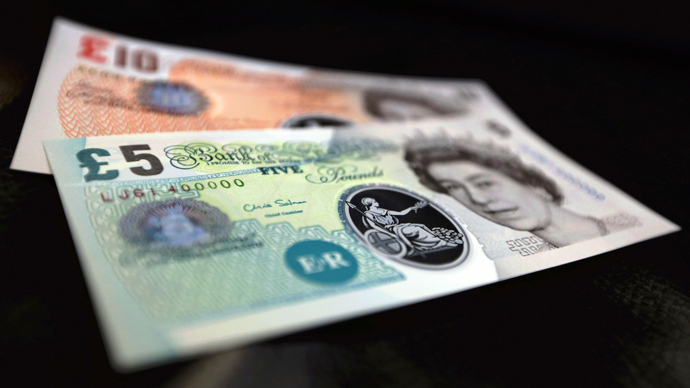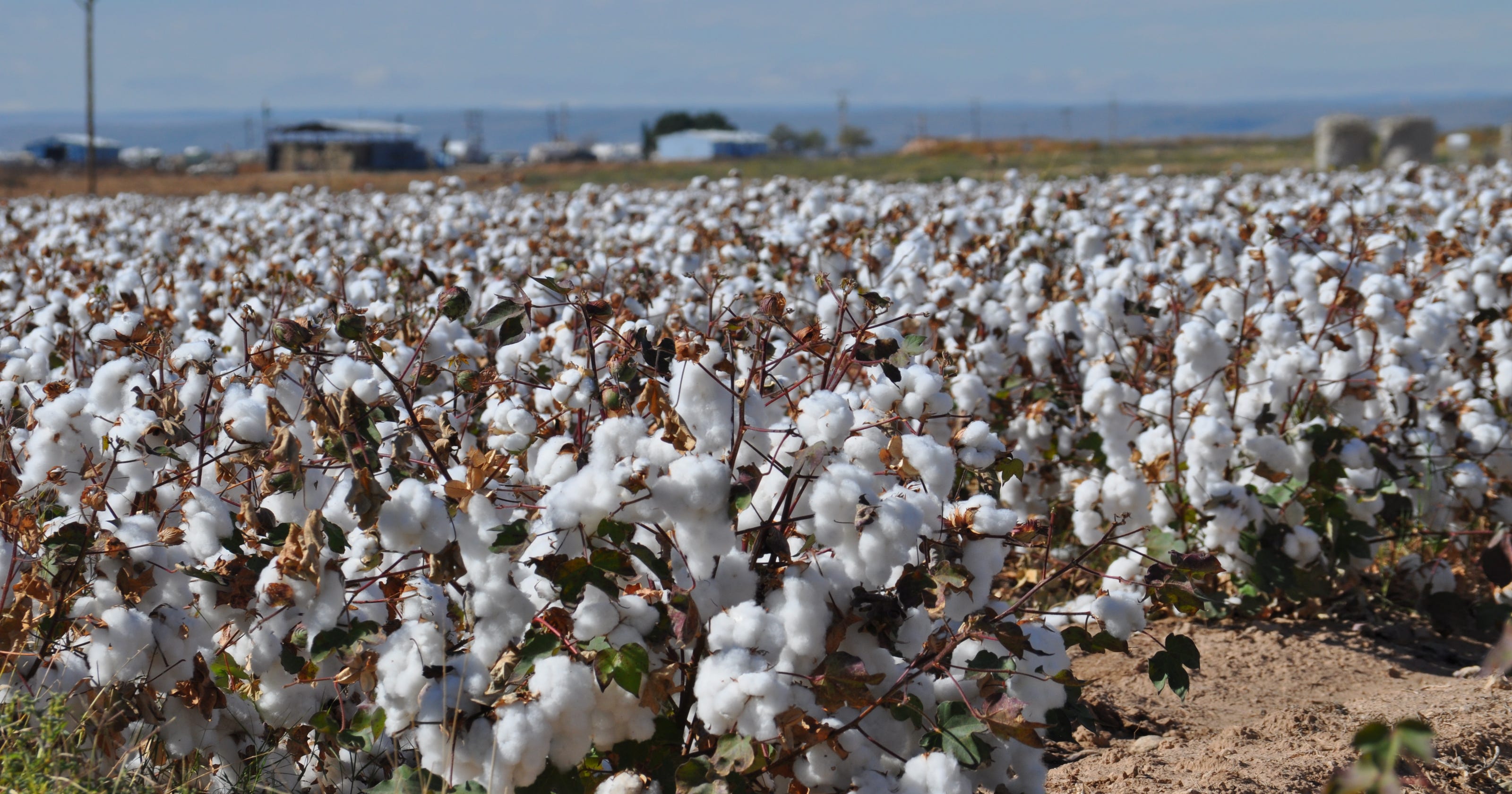

2021
Are Polymer Banknotes Eco-Friendly
As we warm to the idea of being more environmentally conscious, are polymer banknotes really the most viable option?
The Bank of England has been swapping the old paper banknotes over to new plastic banknotes for the past 5 years, but is polymer really the way to go when most of society are searching for greener alternatives to plastic? Well compared to the old paper style banknotes, it actually could be and this is a question that others have asked before, infact the Bank of England commissioned an independent study on new polymer vs their old-notes, which was published in 2013, several years before polymer banknotes were introduced into circulation, so clearly the report went in favour of polymer banknotes.
There is always a balance to be found when it comes to being sympathetic to the planet, while also being plausible within the consumer-driven world within which we live. So with that in mind we have to put polymer banknotes in relation to the alternatives.
Let us start by comparing it to the old paper banknotes. Paper, which nowadays is generally made from wood pulp, except that the old UK banknotes weren’t made from wood-pulp, they were made from cotton. While cotton is an efficient raw material by having a high cellulose content of 91% (cellulose is the part of the plant required for paper production), it is hugely damaging to the environment due to the amount of water that it requires for irrigation – the report shows that a cotton-based £5 banknote requires almost 2,000 litres of water!
While we actually agree with the Bank of England and the independent study’s conclusion within their binary argument of cotton vs polymer, we were disappointed to not see in the study any alternatives to cotton-paper and polymer, but isn’t there at the very least a 3rd option worthy of consideration?

Enter Hemp, the grandfather of paper. Hemp as a crop has been around for at least the past 12,000 years, with evidence tracing the plant back to 10,000 BC in Japan. Hemp was the original form of paper - the oldest surviving piece of hemp paper dates back to 100 BC in China. Hemp paper was used as the main form of paper throughout human history, spreading from the East, to the Middle-East and eventually to Europe and the Americas.
The first bible since were printed on hemp paper, the US declaration of independence was written on hemp, banknotes in Russia and elsewhere in the world were made from hemp, Galileo used hemp paper to write down some of his scientific notes and the magna carta from 1215 was written on hemp paper (fun fact: did you know that the knights of the middle-ages drank hemp beer too).
In 1535 Henry VIII passed an act that declares all landowners must sow ¼ of an acre of hemp or receive a fine, and then less than 100 years later several US states bring in similar “you must grow hemp or else” laws. Infact hemp was such a vital resource of the human world that from the 17th to the 18th century, hemp itself was actually used as legal tender in the Americas. It could even be used to pay taxes, encouraging farmers to grow more and in turn ensuring the America’s independence. That’s right, not only was hemp used in place of money, but the existence of the US itself owes its debt to hemp in many ways.
Around 100 years ago, several factors led to the ending of hemp’s multi-millennia-long domination, being forced into the shadows mostly due to artificially low prices by oil companies to essentially force a monopoly of the market that hemp currently occupied, as well corruption and cronyism from within the US and other governments, citing the war on drugs as an excuse to remove it as competition to the big corporations. If you’re in any doubt as to the threat hemp posed to oil companies, did you know the first diesel engine was actually designed to run on seed oil, such as hemp seed oil and in 1941 Henry Ford created a car that was both made from hemp and fuelled by it, go look it up.
So hemp has been around for a long, long time, and even been used as banknotes before, but can hemp replace paper today? Well, if we are comparing to how eco-friendly it is, they don’t come much greener than hemp! Oil takes millions of years to produce, trees take decades to grow and hemp can grow in as little as a few months. If it’s the hardiness or longevity of hemp that is in question, the range of its usage is astounding, from being used by the Egyptians in the building of the pyramids to rope, sails and fishnets for thousands of years. Oh and did we mention that Henry Ford created an entire car out of it?!
In 1938 Popular Mechanics listed over 25,000 uses for hemp in 1938, I don’t think that many other raw materials can come close to that, plastic is obviously one that springs to mind, but there is a surprisingly large crossover between hemp and plastic, due to the fact that hemp can be manipulated into so many different structures, from paper to concrete, plastic to fuel. So surely where there is an overlap of the two materials, the far more planet-friendlier option should be taken. If its quality we are after, the ingredients from hemp are of a higher quality and so the paper produced is of better quality also.

And if its fraud and security that is the worry, well hemp-paper is not that different in composition as other paper types and so can use the same security measures as they do, plus as hemp can even be made into a plastic car in 1941, it could most certainly be turned into hemp-polymer banknotes in 2021 and off the top of my head I can think of at least a dozen other potential ways to ensure that hemp-based paper banknotes could be as counterfeit-resistant as needed and the BoE are welcome to email to ask for suggestions if they really need them. It is hard to argue against hemp being used as the material for all banknotes worldwide, with the technology available to us today, our only limits are our willpower and imagination to create a modern solution, and less so the ability to be able to carry them out. Plus if national mints used hemp instead of paper, this would bring forward much needed research and investment into hemp-paper as an industry.
As established by the independent study, polymer banknotes are the better option between them and the old cotton-paper banknotes, but that does not mean there is zero impact. The amount of banknotes in circulation is about £80 billion, that’s approximately £1,000 for every person. Each banknote varies in weight from about 0.8g to 1.2g, so if we take an average of 1g per note and divide £1,000 by £20 (which is by far the most distributed denomination and the approx. average in value of the notes), we get an average of 50g of polymer per person – this is the equivalent to approximately four 1.5L plastic drinks bottles. However, unlike one-use drinks bottles, polymer banknotes are intended to be used for much longer, specifically 5 years (), 7.5 years (£10), 24 years (£20) and 100 years (£50).

So while the Bank of England may not be thought of as being eco-friendly, it has infact been recycling old paper bank notes since 2011, for both soil improvement and processed to generate local energy. The independent study from 2013 on the affect of environmental impacts of the lifetime of banknotes showed that polymer was the most overall eco-friendly of the 2 materials, with a lower overall global impact. They have even already set-up recycling of old polymer notes to take place within the UK to turn them into plastic items, such as plant pots, which is nice, it’s not as though the Bank of England aren’t trying, but the point is, is that there is already plenty of plastic available to recycle, we need to stop introducing of more of it when there are alternatives.
Between the choice of cotton-paper and polymer, polymer wins hands down, but if as much investment into research and production was put into hemp-paper as other-paper types and oil-based plastic polymers, we think hemp would be a far more eco-friendly option. The Bank of England is improving from the perspective of sustainability and we do need to remember to put things in perspective, the entire volume of plastic notes in circulation over its lifetime is the equivalent to roughly four 1.5L drinks bottles per person, so as a society we would be far better off removing the plastic bottles before the cash; however we think with hemp as an alternative, they can still do better…
And while we’re at it, if Henry Ford could create a sustainable hemp-plastic (and hemp-fuelled) car 80 years ago, where the hell are our hemp-plastic drinks bottles here in

